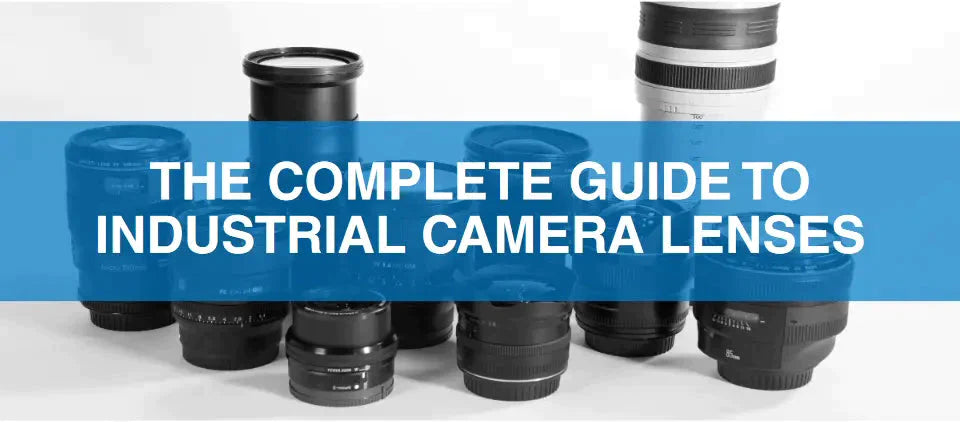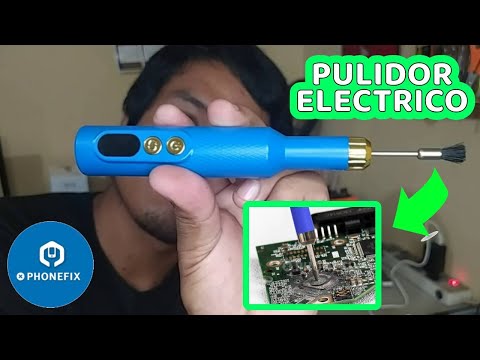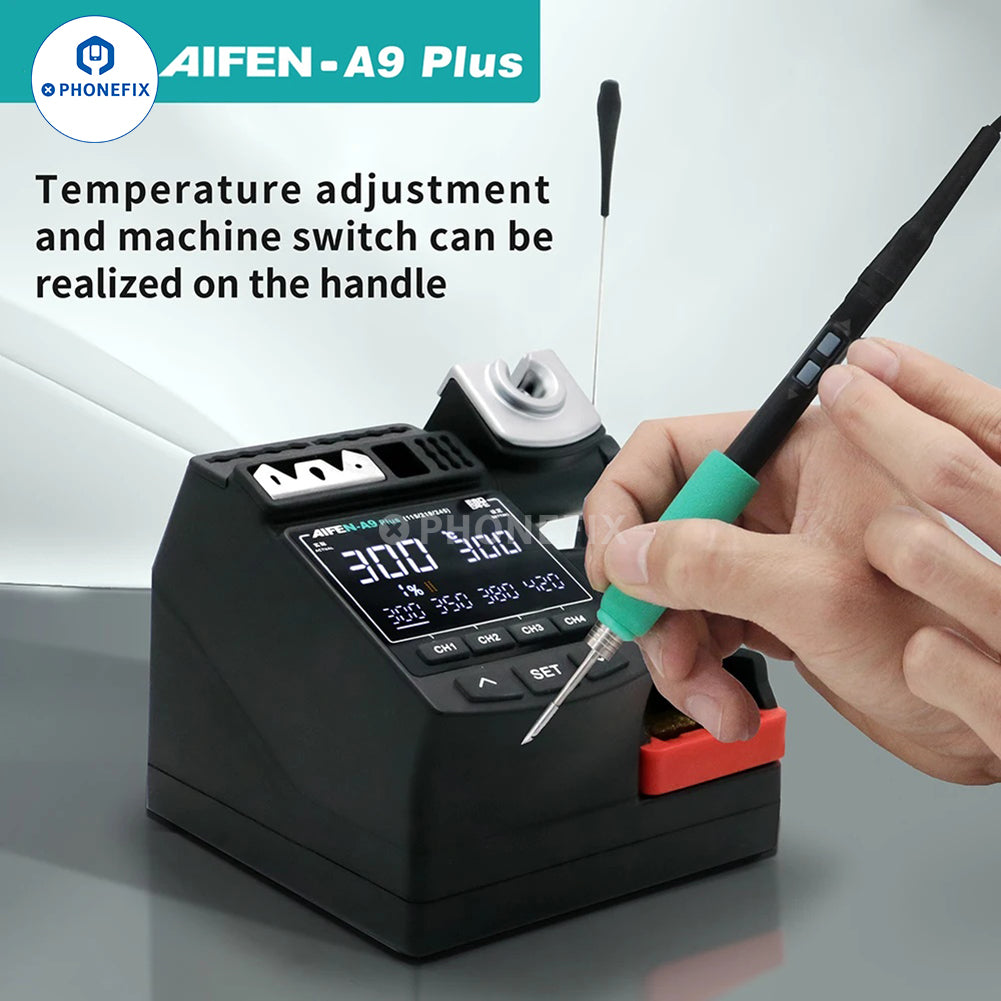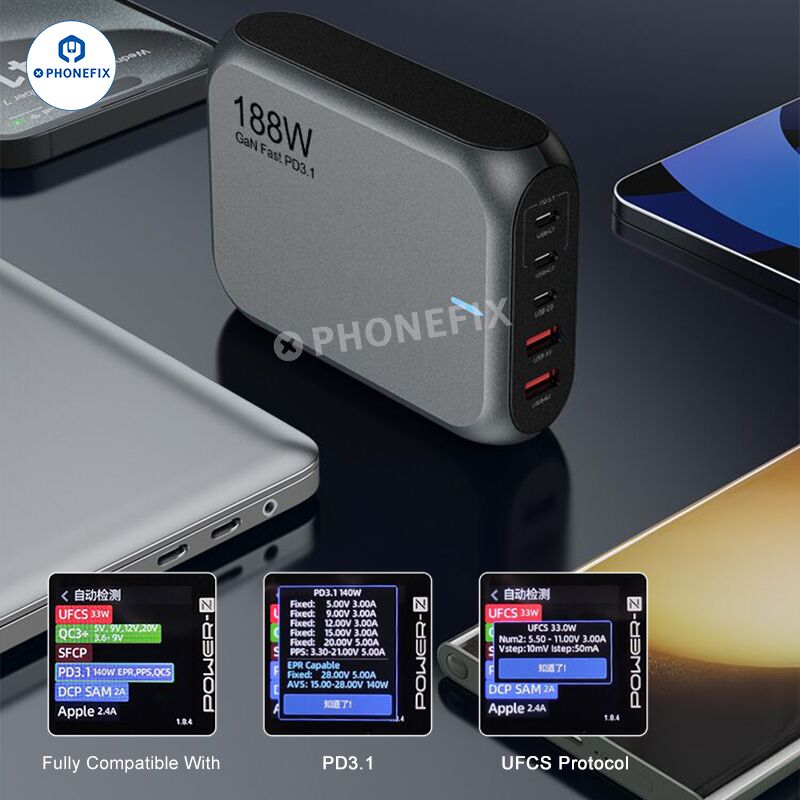All image information of the visual system treatment can be obtained from the lens of industrial camera. So how to elect a Lens for industrial camera is also a "problem" with machine vision cameras and the lenses that are appropriate for them.
The lens selection of the industrial camera is restrained by the entire system requirement. Generally, it can be analyzed and considered as the following aspects.
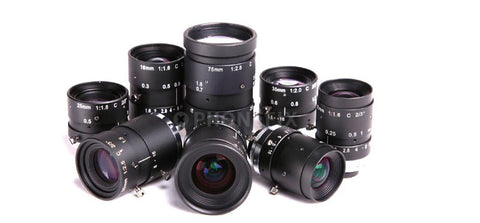
1. Lens mount: Does the lens mount fit the camera? Can a mount adapter be used?
The interface between the camera body and the lens is called the mount. Mounts come in standard sizes and are labeled according to the screw-threaded type of the camera body.
For industry applications, CS and S mount lenses, which are suitable for small sensors, are more commonly used.

A C mount, which is the most widely available type of mount for machine vision cameras, is appropriate for a sensor diagonal of c. 20 mm – corresponding to 1.5 inches.
2. Image size: Does the image size of the lens cover the sensor? The image size of the lens has to be the same size or bigger than the sensor size. Otherwise, there will be vignetting.
Ideally a 1/3″ C mount lens should be mounted on a camera with a 1/3″ large sensor. The available image circle is then optimally used. If we were then to attach the same lens on the camera body with a 1/2″ sized sensor, we would experience vignetting.
Assuming that we use a 2/3″ lens with the same focal length and a 1/3″ sensor, then we won't have any problem at all with vignetting. 
It doesn't matter then how large the lens is, the size of the figure is determined by the sensor size. The larger the lens, the more expensive it is. For a smaller sensor you should use an appropriately smaller lens.
3. Resolution: Does the lens have sufficient resolution for the sensor? Check the pixel size of the sensor and compare it to the resolution specified for the lens.
The lens resolution helps to determine how large the pixels may be in order to still be able to resolve them. Most of the time the resolvable megapixels are directly specified for the lenses.
For a sensor with a 5 MP resolution, that is with 5 million image points, we would need a lens which is able to resolve the entire count of 5 MP lens. 
For industrial image processing, sensors with resolutions of between VGA (0.3 MP) and 5MP are generally offered. Higher resolutions would not make much sense at least for C mount cameras. 
Because the individual pixel is much too small and the noise would be much too great to execute the demanding measuring and inspection tasks.
4. Focal length: What focal length do you need? The focal length can be calculated from the object size and working distance.
In most machine vision application these parameters don’t change, so that you can choose a fixed focal length. Varifocal lenses and zoom lenses allow to change the focal length.

The larger the focal length, the larger the telephoto characteristics of the lens.
5. Aperture & Lighting Conditions: Do you have size restrictions? Check if the lens fits in the space you have for your application.
The selection of the camera aperture has a direct impact on the image quality and the brightness. The F number (or F-stop) is the ratio of the focal length over the diameter of the aperture and specifies how wide the aperture is opened.
A high F number means that the aperture is smaller and thereby less light falls on the sensor.

A small F number can increase the depth of field, but leads to strong fade out to diffraction blur. Therefore, you should find a good compromise.
6. Robustness: Will the lens be exposed to shock and vibration? Check if a ruggedized version of the lens is available.
Also Read:
Purchase Industrial Cameras - You Must Know These Things
Phonefix is a professional lenses and industrial camera supplier, and you can find various lenses and industrial camera here.

